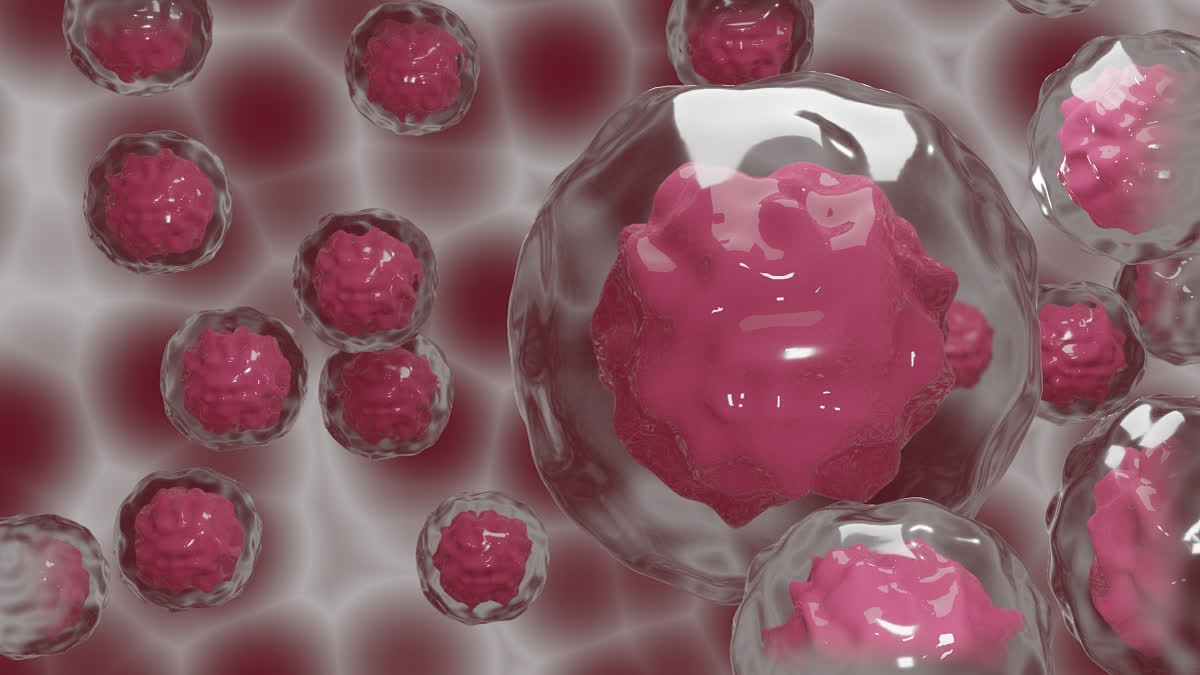Washington [US]: Organelles, which are made up of various protein and RNA fragments inside of a cell, are crucial for maintaining homeostasis, controlling ageing and development, and producing energy. Cells can differ in their organelles both across and within different cell types. Researchers can develop better therapies to cure a variety of disorders by better understanding cell function via the study of these distinctions.
Researchers looked at a particular type of stem cell with an intracellular toolkit in two papers from the lab of Ahmet F. Coskun, a Bernie Marcus Early Career professor in the Coulter Department of Biomedical Engineering at the Georgia Institute of Technology and Emory University. This was done to identify which cells are most likely to produce successful cell therapies.
In order to improve the treatment of sickness, Coskun remarked, "We are researching the positioning of organelles within cells and how they communicate." Our most recent research suggests using an intracellular toolset to map the bio-geography of organelles in stem cells, which might lead to more targeted treatments.
Creating the Subcellular Omics Toolkit:The first study - published in Scientific Reports, a Nature portfolio journal - looked at mesenchymal stem cells (MSCs) that have historically offered promising treatments for repairing defective cells or modulating the immune response in patients. In a series of experiments, the researchers were able to create a data-driven, single-cell approach through rapid subcellular proteomic imaging that enabled personalized stem cell therapeutics.
The researchers then implemented a rapid multiplexed immunofluorescence technique in which they used antibodies designed to target specific organelles. By fluorescing antibodies, they tracked wavelengths and signals to compile images of many different cells, creating maps. These maps then enabled researchers to see the spatial organization of organelle contacts and geographical spread in similar cells to determine which cell types would best treat various diseases.
"Usually, the stem cells are used to repair defective cells or treat immune diseases, but our micro-study of these specific cells showed just how different they can be from one another," said Coskun. "This proved that patient treatment population and customized isolation of the stem cells' identities and their bioenergetics organelle function should be considered when selecting the tissue source. In other words, in treating a specific disease, it might be better to harvest the same type of cell from different locations depending on the patient's needs."
